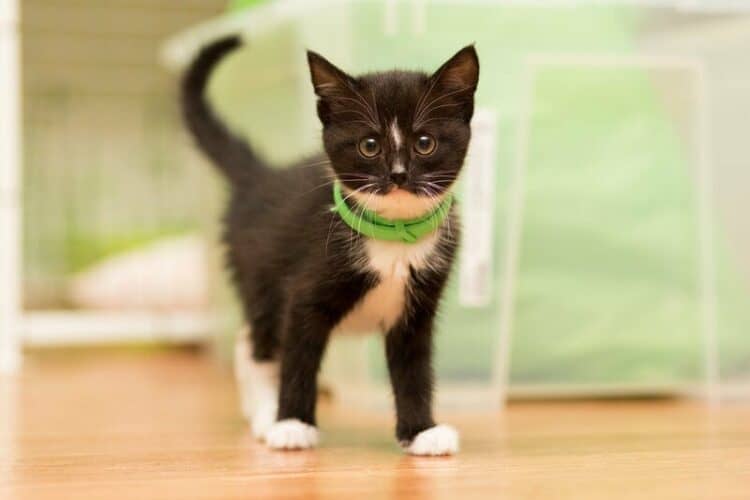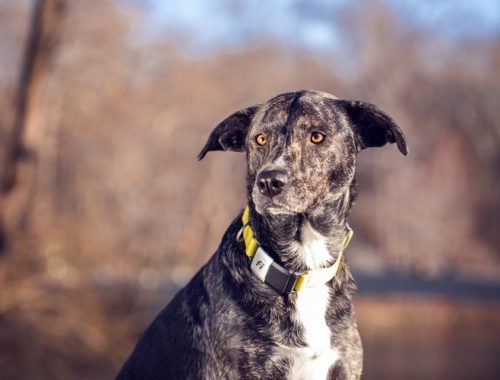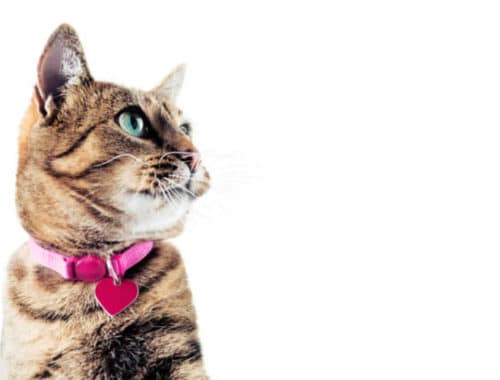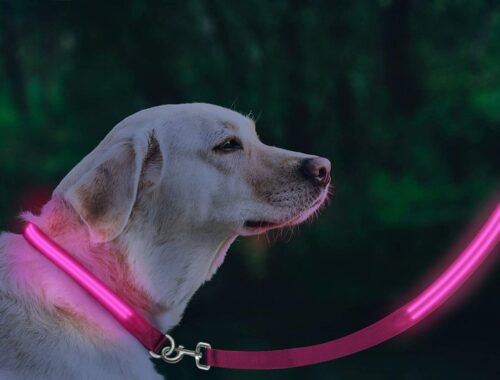Flea collars are the most accessible form of flea prevention for cats on the market, making them a popular choice for pet parents. They are affordable, and you can purchase them at any pet store or general retailer, meaning you don’t need to make a veterinary appointment for a prescription.
However, the chemicals used are toxic both to your fur-baby and humans who come in contact with them. In addition, they aren’t very effective, making it more likely that your kitty will get fleas or that their existing fleas will stick around.
Let’s look at what flea collars are, how they work, and things to be mindful of when using them.
How Do Flea Collars Work?
A flea collar contains chemicals or other ingredients released over time as either a gas or absorbed by the skin. The active ingredients used in the flea collar are toxic to fleas, killing adult fleas and preventing eggs from hatching. Various ingredients are effective at different stages of the flea lifecycle, so collars typically have more than one ingredient to increase its effectiveness.
- Chemicals: Phenothrin, carbamates, tetrachlorvinphos, propoxur, and other chemicals are commonly found in flea collars because of their effectiveness in killing or preventing fleas.
- Insect Growth Regulators (IGRs): IGRs are used to disrupt the flea lifecycle by preventing larvae from growing into adult fleas. Larvae are unable to reproduce, and eventually, all fleas will die.
- Herbs: Non-toxic flea collars avoid insecticides and contain herbal ingredients like tea tree oil or citronella oil instead of harsher, manufactured chemicals.
Are Flea Collars Effective?
Most flea collars are not very effective at preventing fleas or controlling fleas already present. High-quality collars with strong chemicals, like Seresto, may be more effective than inexpensive brands, but most will only control fleas in the immediate area around the head and neck.
According to Chewy, fleas are more likely to be found on the “lower back, back of the hind legs and base of the tail.” This makes flea collars ineffective at controlling fleas, and many veterinarians will recommend a flea prevention method that is likely to be more successful.
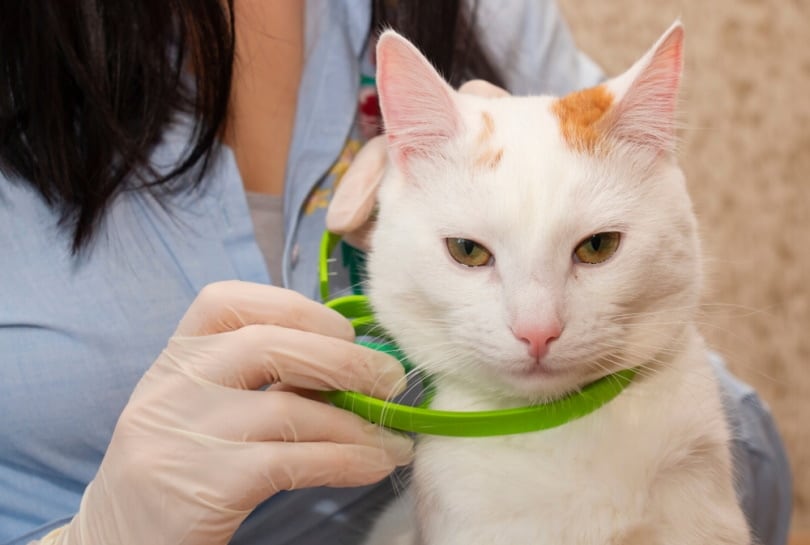
Potential Side Effects & Warnings
Any treatment for fleas will have some degree of risk for side effects. However, flea collars are designed to distribute toxic chemicals openly. Your cat may react to the chemicals on their skin or from accidentally ingesting them while grooming.
If your feline is wearing a flea collar, you should be aware of any of the following signs of adverse reaction and seek care as soon as possible:
- Skin irritation or rash
- Vomiting
- Diarrhea
- Looking depressed or tired
- Tremors or shakes
- Seizures
- Unresponsive
A flea collar may be the only option or a temporary one until you can choose the safest flea treatment for your cat. If you use a flea collar, keep the following in mind:
- Never use a flea collar for dogs on your cat: The chemicals used to prevent fleas on dogs are very different and can be toxic to cats.
- Always read and follow the package directions: Most collars can’t be used on young kittens, and you will need to purchase a collar for the correct age and weight of your cat.
- Wash your hands: Because of the chemicals used in flea collars, wash your hands after petting your kitty. Remember to have children wash their hands as well.
- Removing the collar is not enough: Flea collar chemicals leave a residue, so give your fur-baby a bath and continue washing your hands after playtime for several weeks.
Did you know? Flea collars for cats are rarely effective at preventing or treating fleas on your cat, but did you know that you can cut a flea collar into pieces and place it into your vacuum bag? If you are cleaning up from a flea infestation, this will ensure that any fleas and eggs you vacuum up are killed so you can safely remove them from your home.
Conclusion
Even though a flea collar may not be the best option, thankfully, there are many other effective flea prevention methods you can turn to, including shampoos, drops, chewable medications, and prescription injections given by your veterinarian. Be sure to consult your favorite feline’s medical professional to learn which option is best for your pet.
Featured Image Credit: Shutterstock
